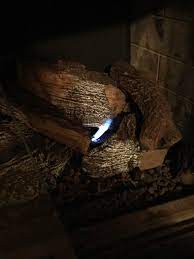What is an HRV?
April 10, 2021 Around The House

A heat recovery ventilator (HRV), also known as an air exchanger, is an energy-efficient system that pulls stale air from inside your home and simultaneously replaces it with fresh air from outside your home.
As our homes have become more energy efficient, they’ve become more airtight. That’s great for the environment and your pocketbook but even the most draft-resistant homes need proper ventilation. Without air circulating in and out of it, a home can accumulate allergens, pollutants, and even mold. Non-circulating air becomes stale, damp, and smelly.
An HRV circulates air in your home, drawing in fresh air from outside and expelling stale indoor air out. All air moving through an HRV passes through a heat-exchange core. This heat-exchange core regulates the temperature of the air that the HRV releases into the home and sends back outside.
HRVs and their heat-exchange cores perform two different actions, depending on the season. During the cold winter months, an HRV’s heat-exchange core captures the warmth from air leaving the home and transfers it to the cold air entering from outside. In this way, the home receives fresh air, but the fresh air is not frigid.
During the warmer seasons, the process occurs in the opposite direction. The incoming air leaves its heat in the heat-exchange core, and the outgoing air picks up that heat as it leaves. An HRV ensures that air inside the home stays at a comfortable temperature, no matter what time of year it is, without requiring much additional energy to regulate that air temperature.
Along with these air circulation and heat-exchange functions, an HRV also filters air to capture allergens and pollutants and keep them out of the home’s air supply. Some HRVs also regulate air moisture levels. These HRV systems are called ERVs, or energy recovery ventilators.
An HRV attaches to the home’s duct system and needs fans to circulate air throughout the house. It is also important for HRVs to have an internal defroster. Without a defroster, the incoming air can be so cold that it causes the heat-exchange core to freeze.





